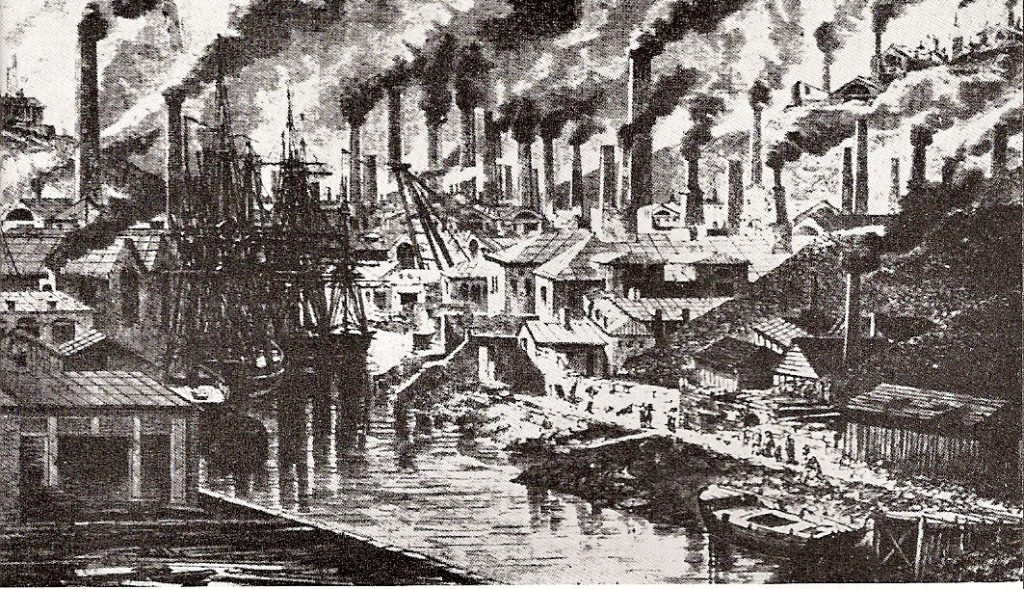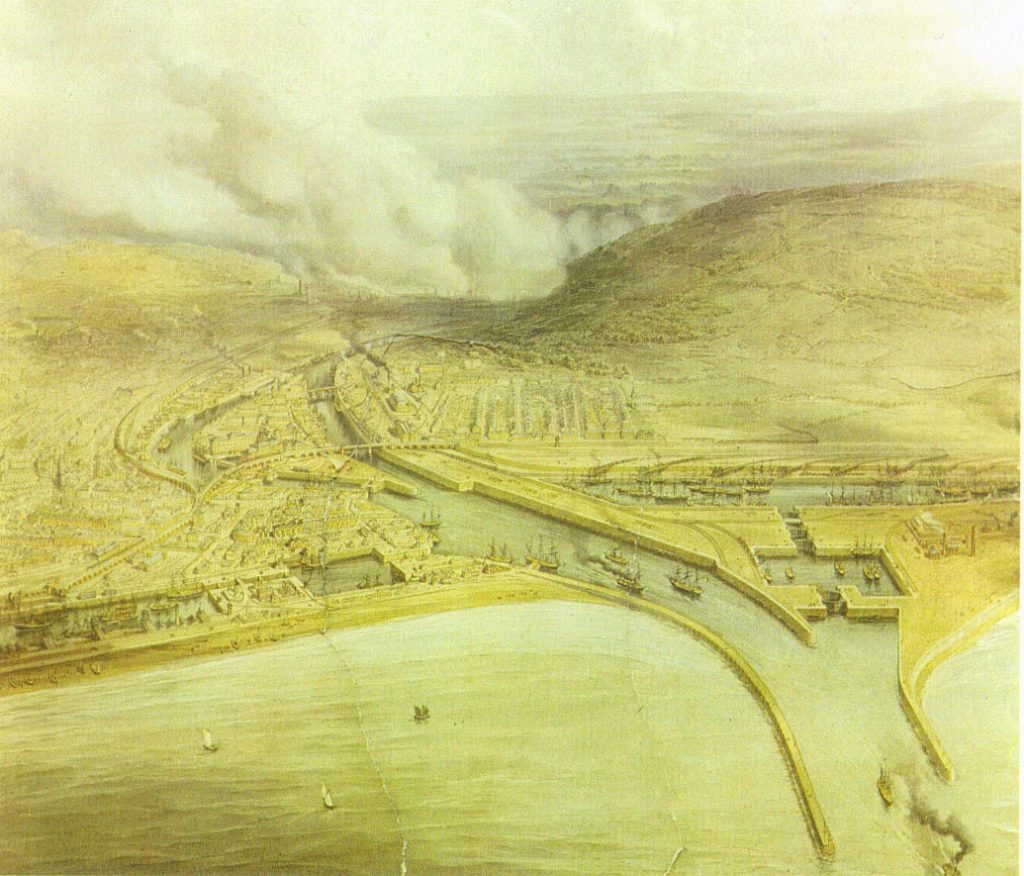Connected Communities Project – News
Swansea High Street: new project to gather memories of its vibrant history
A new collaborative project has been launched to explore and celebrate the rich history of one of Swansea’s most famous streets, High Street. Swansea Scenes – Cymraeg.
Led by Music Art Digital Swansea and supported by Swansea University’s Connected Communities Programme and the Heritage Lottery Fund, the Swansea Scenes oral history project will focus on uncovering and documenting the history of the communities who have used the social spaces of High Street since the 1800s – from music halls and Wales’ first cinema, to Wales’ first gay club and live music pubs.
The memories and materials gathered by the Swansea Scenes project will be detailed in a feature-length documentary film, a digital archive, and a virtual museum located at various places across the city, using the latest technology to provide spaces with digital content that is linked to a specific geographical area.
The project will feature some of High Street’s best-known buildings:
The Grade II-listed Palace Theatre was built in 1888 and hosted the likes of Charlie Chaplin and Morecambe and Wise, and was the site of Oscar-winner Sir Anthony Hopkins’s first stage appearance in 1960. The iconic building has had a chequered existence, being used as a theatre, cinema, makeshift morgue during the Blitz, a gay nightclub, bingo hall, and a dance club in the 90s. It was also the first venue in Swansea to show moving pictures.
The Elysium Building opened in 1914 as a cinema on one level and a club for the town’s working men on another. It also contained a ballroom and a ladies reading room. The cinema closed in 1960, with the whole building eventually closing 1994. It remains derelict to this day.
The Bush Hotel, a Grade II listed Georgian building, was used by Oliver Cromwell in the 17th century, after horse racing at Crymlyn Burrows. In 1804 investors met at The Bush to discuss establishing the Mumbles train, and it is said to be the last Swansea pub in which Dylan Thomas drank before leaving for the USA. The building has now been demolished.
Working in collaboration with the Connected Communities Project, Swansea Scenes will look to train a core team of 15 local volunteers in heritage, oral history, filmmaking and digital design and development.
The Swansea Scenes project forms part of the Connected Communities Programme that researches and celebrates the history of communities across the Swansea Valley, and has been developed by at the Research Institute for Arts and Humanities (RIAH) and the history department at Swansea University.
Please visit the Connected Communities website above or visit the project on Facebook for more information: @SwanseaScenes.
Best wishes,
Kate Spiller
Impact and Engagement Officer | Swyddog Effaith ac Ymgysylltu
Research Hub for Arts, Humanities and Law | Canolfan Ymchwil y Celfyddydau, y Dyniaethau a’r Gyfraith
Research, Engagement and Innovation Services | Gwasanaethau Ymchwil, Ymgysylltu ac Arloesi
Swansea University | Prifysgol Abertawe
SA2 8PP
Direct Tel | Ffon Uniongyrchol +44 (0)1792 606587
Email | Ebost k.spiller@swansea.ac.uk


